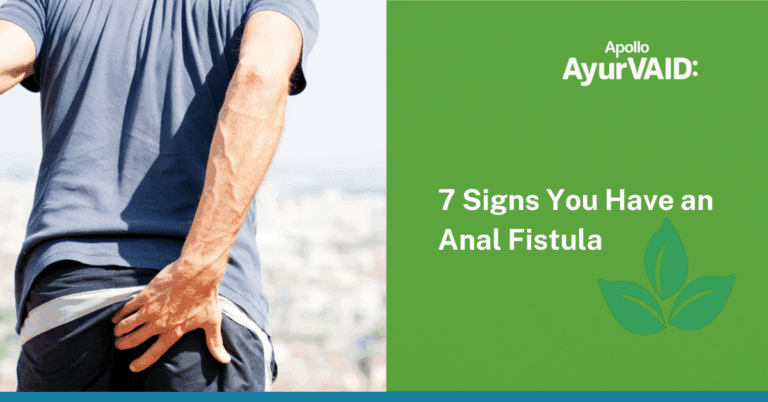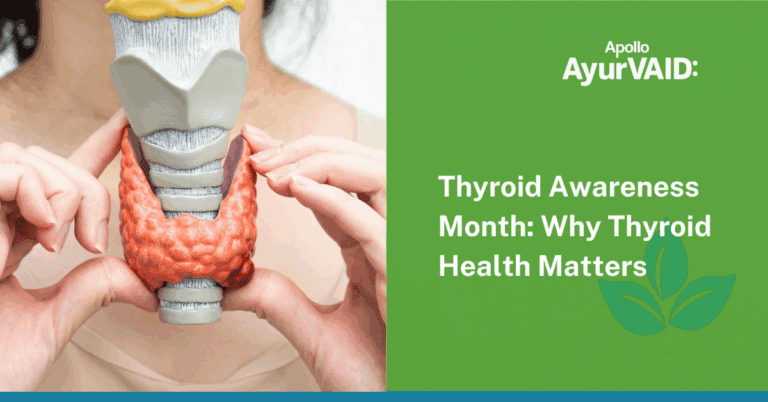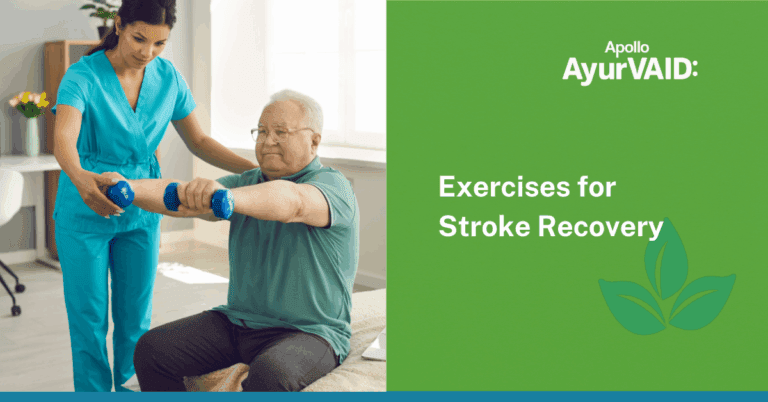Many of us have felt that awkward blocked nose, pressure at the forehead, or a slow or heavy feeling in the head that just won’t go away. These are common symptoms of sinusitis, which is inflammation of the sinuses. These are small, air-filled cavities in the skull that produce mucus, which traps and removes dust, allergens, and pathogens, protecting the nasal passages when they are healthy.
Sinus problems are common, and symptoms can vary from mildly annoying to disrupting daily activities. Knowing what is sinusitis, why it happens, and how we can manage it, either through conventional medicine or Ayurveda, can make a significant difference in our day-to-day well-being and function.

What is Sinusitis?
Common Sinus Infection Causes
Many things can trigger a sinus infection and inflammation. Here are the main ones:
- Colds and viral infections – These are the most common causes. A cold can lead to blocked sinuses that become infected.
- Allergies – Pollen, dust, pet hair, and mold can cause inflammation and mucus buildup.
- Nasal polyps – Small noncancerous growths in the nasal passage that block air flow.
- Deviated septum – If the nasal wall is crooked, it can prevent proper drainage.
- Pollution and smoke – Both irritate the nasal lining and contribute to inflammation.
- Immune system weakness – When your defences are down, infections find a way in.
From an Ayurveda viewpoint, this is seen as an increase in Ama (toxins from undigested food) and Kapha, which clog the nasal channels and disturb respiratory flow.
Types of Sinus Inflammation
Sinusitis isn’t a one-size-fits-all condition. Depending on the area affected and how long it lasts, there are different types of sinus issues:
Based on location:
- Frontal – Forehead pain or pressure
- Maxillary – Cheek and upper jaw pain
- Ethmoid – Between the eyes, often with swelling or pain around the eyes
- Sphenoid – Deep headache, behind the eyes or at the top of the head
Based on duration:
- Acute sinusitis – Lasts up to 4 weeks
- Subacute sinusitis – Lasts 4–12 weeks
- Chronic sinusitis – More than 12 weeks, often recurring
- Recurrent sinusitis – Several episodes a year
Each type may feel slightly different, but the underlying issue is the same—blocked and inflamed sinuses.
Symptoms of Sinus Infection
A sinus problem often shows up as
- Stuffy or runny nose (especially thick yellow or green discharge)
- Pressure around the eyes, forehead, or cheeks
- Headaches
- Bad breath
- Toothache (especially upper teeth)
- Reduced sense of smell or taste
- Fatigue or feeling ‘off’
It can be mistaken for a regular cold, but if it lingers or recurs, sinusitis may be the cause.
In Ayurveda, a condition called Peenasa closely resembles sinusitis. It describes chronic nasal discharge, heaviness in the head, and difficulty breathing, often linked to excessive Kapha buildup. The causative factors can be broadly divided into two categories: one arising from improper dietary habits and the other from an unhealthy lifestyle or regimen. Consumption of heavy, excessively cold, sweet, and dry foods; drinking large quantities of water; consuming water from varying sources; and eating meals before the previous one has been properly digested are all dietary causes that may lead to Peenasa.
Lifestyle-related causes include habits like excessive daytime sleeping, staying up very late at night, speaking loudly or excessively, continuous exposure to dust and smoke, overindulgence in water sports, intense physical exercise, and sexual activity. Additionally, the voluntary suppression of natural urges such as vomiting and tears, along with seasonal changes, may also contribute to the onset of Peenasa. While Agnimandya (weakened digestive fire) and Ama (undigested food toxins) are not explicitly stated as direct causes, the nature of these etiological factors suggests that they play a significant role in the development of the condition.
Treatments for Sinusitis
In conventional medicine, sinusitis is usually managed through:
- Decongestants – Nasal sprays or tablets to shrink swollen blood vessels
- Saline nasal sprays or rinses – To flush out mucus and allergens
- Antibiotics – Only if there’s clear evidence of a bacterial infection
- Antihistamines – For allergy-triggered sinusitis
- Steroids (nasal or oral) – To reduce inflammation
- Surgery – In some chronic cases, to remove blockages or correct structural issues
While these treatments can offer symptom relief, especially during acute flare-ups, Ayurveda looks at long-term balance. Here are some Ayurveda supportive approaches:
- Nasya therapy – a classical Panchakarma treatment where medicated oil is gently instilled into the nostrils. It helps lubricate and clear the nasal passages.
- Dhoomapana – Using herbs for herbal smoke therapy helps melt and move stagnant mucus and also balances Vata due to its Ushna guna (warming qualities).
- Vamana – Emesis can help in rapid and significant improvement in objective markers of inflammation in sinusitis patients.
- Deepana – Pachana – Herbs that improve digestive fire are used to reduce Ama.
- Diet and lifestyle changes
- Avoid cold, heavy, or dairy-rich foods
- Drink warm water throughout the day
- Include spices like turmeric, ginger, and black pepper in cooking
- Prioritise light and freshly prepared meals
- Pranayama (breathing practices)
- Gentle breathwork like Anuloma Viloma helps keep nasal passages open and supports respiratory health.
All of these are aimed at clearing Ama ( toxins) and balancing Kapha while improving your overall vitality.
Ayurveda Therapies for Sinusitis
Ayurveda treats sinusitis by addressing the root cause, excess Kapha and Ama, while also relieving nasal congestion and improving respiratory health. Several therapies can help naturally:
- Nasya (Nasal Therapy):
Medicated oils or herbal drops are gently instilled into the nostrils. This lubricates the nasal passages, clears mucus, and balances Kapha, providing relief from congestion and headache. - Steam Inhalation (Dhoomapana):
Inhaling herbal steam with warming herbs like turmeric, eucalyptus, or camphor helps dissolve stagnant mucus, reduces swelling in the sinuses, and eases breathing. - Oil Pulling:
Swishing sesame or coconut oil in the mouth can help remove toxins (Ama) and reduce inflammation in the respiratory tract over time. - Herbal Remedies:
- Turmeric and Ginger: Anti-inflammatory and immunity-boosting, reduce sinus swelling.
- Haritaki and Chitraka: Improve digestion, reduce Ama buildup, and support sinus health.
Saffron and Licorice: Can soothe irritated mucous membranes and promote natural healing.
Dosha-Based Recommendations:
- Kapha Predominant Sinusitis: Avoid cold, heavy, or dairy-rich foods. Focus on warm, light meals with spices like black pepper, ginger, and turmeric.
- Vata Predominant Sinusitis: Keep the body warm, use oil massages, and avoid dry, cold environments.
- Pitta Predominant Sinusitis: Avoid spicy, oily, and very hot foods; prefer cooling herbs and gentle steam inhalation.
Preventive and Lifestyle Tips for Sinus Health
Ayurveda emphasizes maintaining dosha balance and reducing Ama to prevent sinus problems from recurring. Simple daily habits can make a big difference:
- Dietary Care: Avoid cold, heavy, or dairy-rich foods; prefer warm, light, and easily digestible meals. Include spices like turmeric, ginger, black pepper, and cumin to support digestion and reduce Kapha accumulation.
- Hydration: Drink warm water throughout the day to keep mucus thin and sinuses clear.
- Daily Nasal Care: Practice Nasya with medicated oils once or twice a week to keep nasal passages lubricated and clean.
- Steam Inhalation: Regular herbal steam inhalation helps dissolve mucus and prevents congestion.
- Pranayama and Breathing Exercises: Gentle techniques like Anuloma Viloma (alternate nostril breathing) keep nasal passages open and enhance oxygen flow.
- Environmental Hygiene: Keep living spaces dust-free, avoid smoke and strong chemical odors, and use a humidifier in dry climates.
- Sleep Habits: Sleep with your head slightly elevated to aid sinus drainage.
- Exercise and Movement: Regular, moderate physical activity promotes circulation and supports immune function.
- Avoid Triggers: Limit exposure to cold, excessive air-conditioning, and allergenic substances like pollen, dust, or pet dander.
Simple Home Remedies for Sinusitis
- Use a humidifier if the air is dry
- Apply a warm compress to your face to ease sinus pressure
- Sleep with your head slightly elevated
- Keep your surroundings dust-free
Conclusion







